Blue comet fragment lights up the sky in parts of Spain and Portugal
A sudden blue flash has stunned people in parts of Portugal and Spain after the fragment of a comet entered Earth’s atmosphere in a spectacular cosmic show that looked like an alien landing
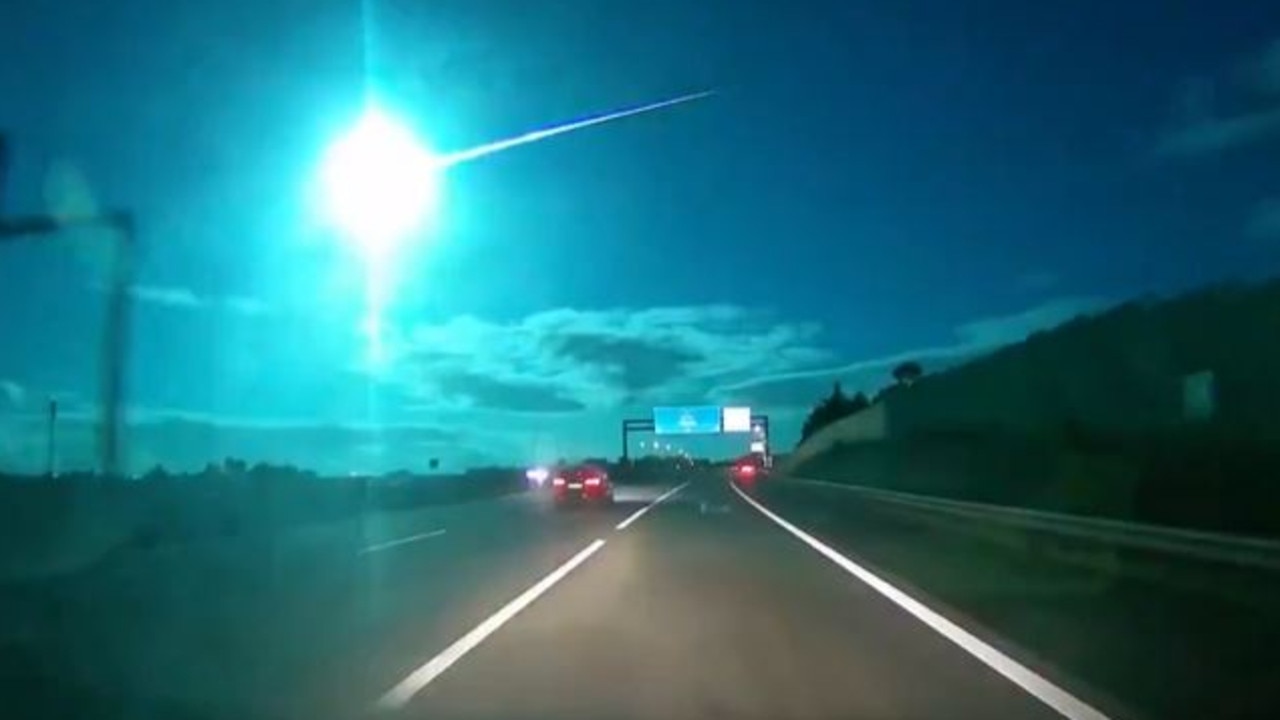
READING LEVEL: GREEN
Locals have been left stunned after a mysterious blue fireball flashed across the sky in parts of Spain and Portugal on Saturday night.
First thought to be a meteor, the European Space Agency (ESA) later explained that the flash was caused by the fragment of a comet as it sped over European skies at 45 km per second before burning up over the Atlantic Ocean.
The Spanish Calar Alto astronomical observatory also said an early analysis by Andalusia’s Institute of Astrophysics revealed the object had a “cometary origin”.
In both Spain and Portugal, videos shot in several cities and towns went viral on social media, showing the object crossing the night sky at high speed and illuminating it in bright tones of blue and green.
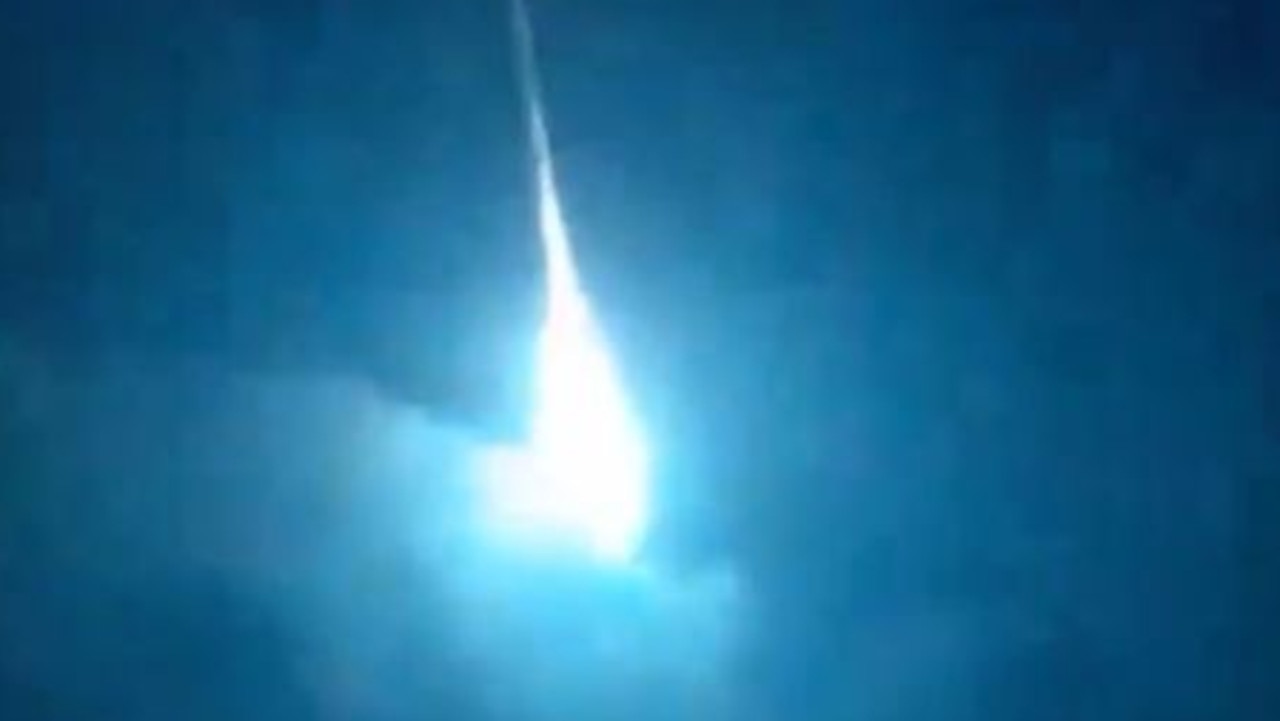
On Sunday morning, the ESA shared a video of the phenomenon on social media platform X that showed the comet fragment soaring over the western Spanish city of Caceres, near the Portuguese border.
During a concert in the Portuguese city of Barcelos, the object was filmed streaking across the sky as a singer performed.
Another video showed the skies of Porto, Portugal’s second biggest city, turning bright for a few seconds.
Bernardo Taborda, a resident of the Portuguese capital of Lisbon, told news agency Reuters he was walking around the city with friends when the sky suddenly turned bright green.
“It almost looked like daylight … we all looked back and saw it,” he said.
“It felt like a movie, we all looked at each other and we were stunned. It was amazing.”

Many people contacted emergency services to report what happened. A spokesman for the Spanish Emergency service told Europa Press news agency it had received several calls.
Early reports suggested it may have fallen near the Portuguese towns of Castro Daire or Pinheiro, however, firefighters were unable to find any fragments when they attended call outs in these areas.
The ESA later said the comet fragment had likely burned up over the Atlantic Ocean, making it very hard to find any fragments.
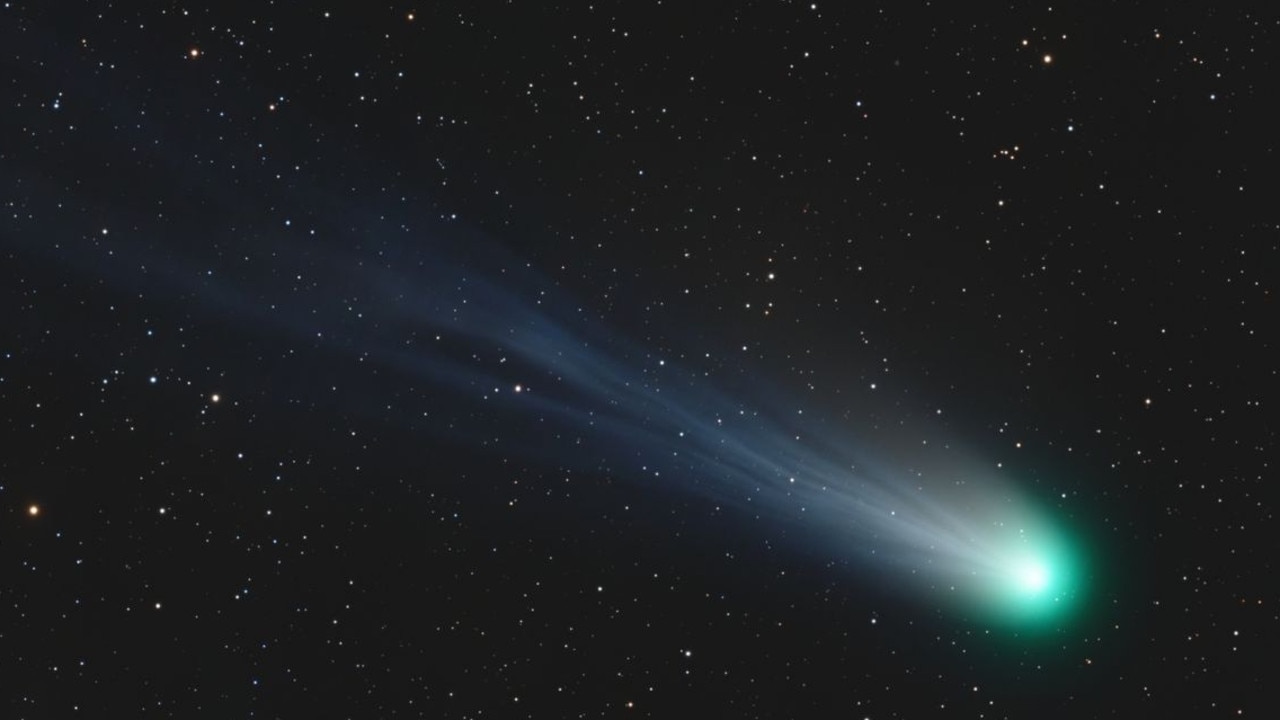
COMET, METEOR OR ASTEROID?
What exactly is a meteor and how is it different from a comet? And what on Earth are asteroids?
According to NASA, an asteroid is a small rocky or metallic object orbiting around the sun that can be round or elongated.
Comets also orbit the sun, but are made from ice and dust rather than rock. When a comet gets close to the sun, the ice starts to vaporise, giving the comet its distinctive fuzzy appearance and trailing tail.
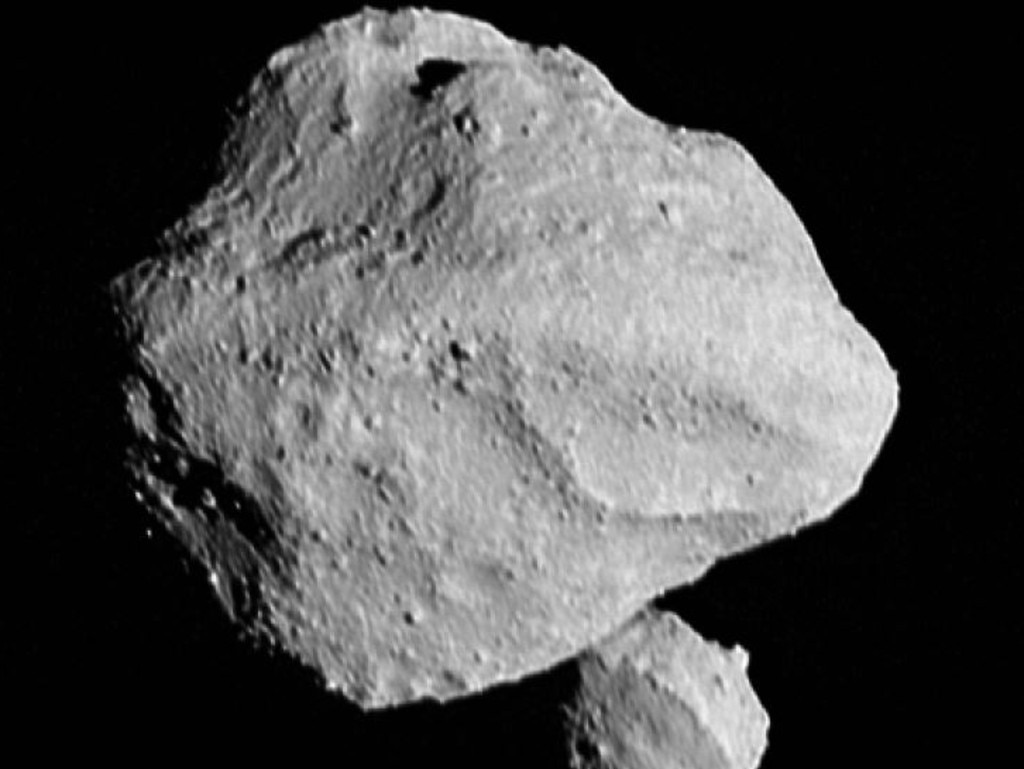
To understand meteors, we first need to understand meteoroids. Meteoroids are small pieces of either asteroids or comets that have broken off – usually from a collision. They are typically about the size of a pebble, but could be a bit smaller or larger.
When a meteoroid enters Earth’s atmosphere, it is called a meteor. Meteors enter the atmosphere at very high speeds, causing them to burn up and look like shooting stars.
If a meteor survives after entering the atmosphere and hits the Earth’s surface, it is called a meteorite.
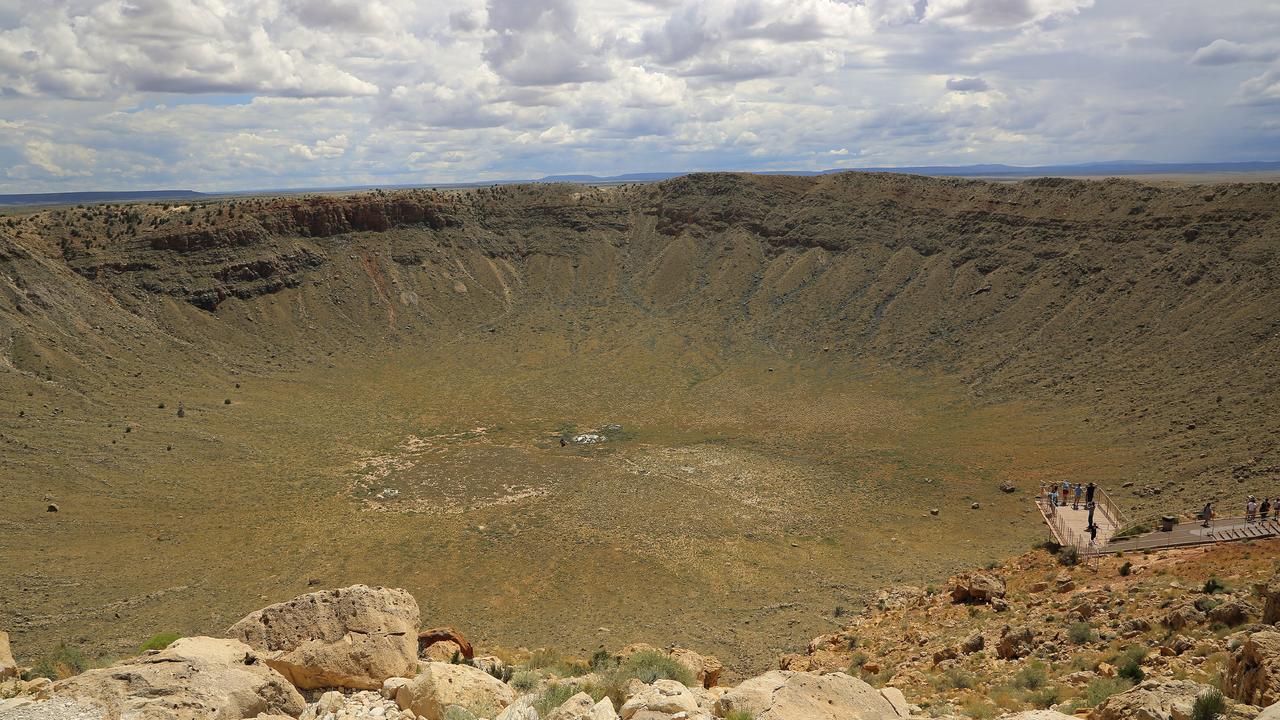
WHERE DO METEORITES LAND?
According to the ASU Buseck Centre for Meteorite studies, most meteorites fall in the ocean, which covers more than 70 per cent of the Earth’s surface.
The ones that do fall tend to be more easily found in places of stable and extreme temperatures – either very hot or very cold – such as deserts or in Antarctica.
While small meteorites don’t cause much damage on impact, larger ones can leave massive craters in the ground. An example is the 1.2 km wide Barringer Crater in Arizona, North America, which was formed when a 50m wide meteorite hit the Earth 50,000 years ago.
POLL
GLOSSARY
- analysis: testing
- cometary origin: came from a comet
- illuminating: lighting up
- elongated: long and stretched out
EXTRA READING
The greatest show on Earth
Meteors puts on cosmic show
‘Won’t be back for 71 years’
QUICK QUIZ
1. In which two countries was the blue comet fragment seen in the night sky?
2. What is a comet made from?
3. How is a comet different from an asteroid?
4. Where on Earth do most meteorites fall?
5. How long ago was the Barringer Crater formed?
LISTEN TO THIS STORY
CLASSROOM ACTIVITIES
1. Meteoroid, meteor, meteorite
What are the similarities and differences between these three versions of meteors and how do they relate to each other?
| Similarities | Differences | |
| Meteoroid | ||
| Meteor | ||
| Meteorite |
Time: allow 15 minutes to complete this activity
Curriculum Links: English, Science, Personal and Social, Critical and Creative Thinking
2. Extension
If you happened to be out and about and saw this blue/green flash of light in the night sky, how do you think you would react? Who would you call? What would you think? Where would you go? Write your reaction in a short story.
Time: allow 20 minutes to complete this activity
Curriculum Links: English, Science, Personal and Social, Critical and Creative Thinking
VCOP ACTIVITY
Wow word recycle
There are plenty of wow words (ambitious pieces of vocabulary) being used in the article. Some are in the glossary, but there might be extra ones from the article that you think are exceptional as well.
Identify all the words in the article that you think are not common words, and particularly good choices for the writer to have chosen.
Select three words you have highlighted to recycle into your own sentences.
If any of the words you identified are not in the glossary, write up your own glossary for them.
Extension
Find a bland sentence from the article to up-level. Can you add more detail and description? Can you replace any base words with more specific synonyms?
Down-level for a younger audience. Find a sentence in the article that is high level. Now rewrite it for a younger audience so they can understand the words without using the glossary.

